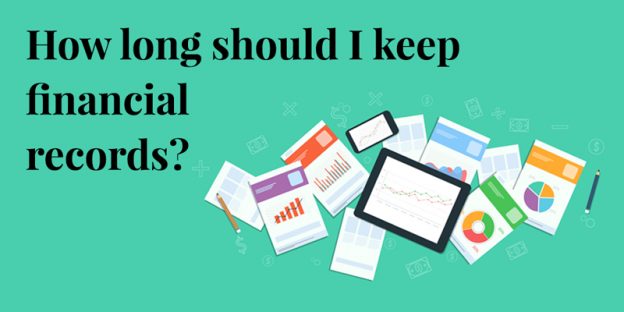Often in life, you have investment goals that you hope to reach. Say, for example, you have determined that you would like to have $1 million in your investment portfolio by the time you retire. But will you be able to get there?

In trying to accumulate $1 million (or any other amount), you should generally consider how much you have now, how much you can contribute in the future, how much you might earn on your investments, and how long you have to accumulate funds.
Current balance–your starting point
Of course, the more you have today, the less you may need to contribute to your investment portfolio or earn on your investments over your time horizon.
Time (accumulation period)
In general, the longer your time horizon, the greater the opportunity you have to accumulate $1 million. If you have a sufficiently long time horizon and a sufficiently large current balance, with adequate earnings you may be able to reach your goal without making any additional contributions. With a longer time horizon, you’ll also have more time to recover if the value of your investments drops. If additional contributions are required to help you reach your goal, the more time you have to target your goal, the less you may have to contribute.
The sooner you start making contributions, the better. If you wait too long and the time remaining to accumulate funds becomes too short, you may be unable to make the large contributions required to reach your goal. In such a case, you might consider whether you can extend the accumulation period–for example, by delaying retirement.
Rate of return (earnings)
In general, the greater the rate of return that you can earn on your investments, the more likely that you’ll reach your investment goal of $1 million. The greater the proportion of the investment portfolio that comes from earnings, the less you may need to contribute to the portfolio. Earnings can benefit from long time horizons and compound rates of return, as returns are earned on any earlier earnings.
However, higher rates of return are generally associated with greater investment risk and the possibility of investment losses. It’s important to choose investments that meet your time horizon and tolerance for risk. And be realistic in your assumptions. What rate of return is realistic given your current asset allocation and investment selection?
Amount of contributions
Of course, the more you can regularly contribute to your investment portfolio (e.g., monthly or yearly), the better your chances are of reaching your $1 million investment goal, especially if you start contributing early and have a long time horizon.
Contributions needed
Now that the primary factors that affect your chances of getting to a million dollars have been reviewed, let’s consider this question: At a given rate of return, how much do you need to save each year to reach the $1 million target? For example, let’s assume you anticipate that you can earn a 6% annual rate of return (ROR) on your investments. If your current balance is $450,000 and you have 15 more years to reach $1 million, you may not need to make any additional contributions (see scenario 1 in the table below); but if you have only 10 more years, you’ll need to make annual contributions of $14,728 (see scenario 2). If your current balance is $0 and you have 30 more years to reach $1 million, you’ll need to contribute $12,649 annually (see scenario 3); but if you have only 20 more years, you’ll need to contribute $27,185 annually (see scenario 4).
 Note: This hypothetical example is not intended to reflect the actual performance of any investment. Actual results may vary. Taxes, fees, expenses, and inflation are not considered and would reduce the performance shown if they were included.
Note: This hypothetical example is not intended to reflect the actual performance of any investment. Actual results may vary. Taxes, fees, expenses, and inflation are not considered and would reduce the performance shown if they were included.










 For example, you may want to keep ATM receipts only temporarily, until you’ve reconciled them with your bank statement. But if a document provides legal support and/or is hard to replace, you’ll want to keep it for a longer period or even indefinitely. It’s ultimately up to you to determine which records you should keep on hand and for how long, but here’s a suggested timetable for some common documents.
For example, you may want to keep ATM receipts only temporarily, until you’ve reconciled them with your bank statement. But if a document provides legal support and/or is hard to replace, you’ll want to keep it for a longer period or even indefinitely. It’s ultimately up to you to determine which records you should keep on hand and for how long, but here’s a suggested timetable for some common documents. *The IRS requires taxpayers to keep records that support income, deductions, and credits shown on their income tax returns until the period of limitations for that return runs out–generally three to seven years, depending on the circumstances. Visit irs.gov or consult your tax professional for information related to your specific situation.
*The IRS requires taxpayers to keep records that support income, deductions, and credits shown on their income tax returns until the period of limitations for that return runs out–generally three to seven years, depending on the circumstances. Visit irs.gov or consult your tax professional for information related to your specific situation.